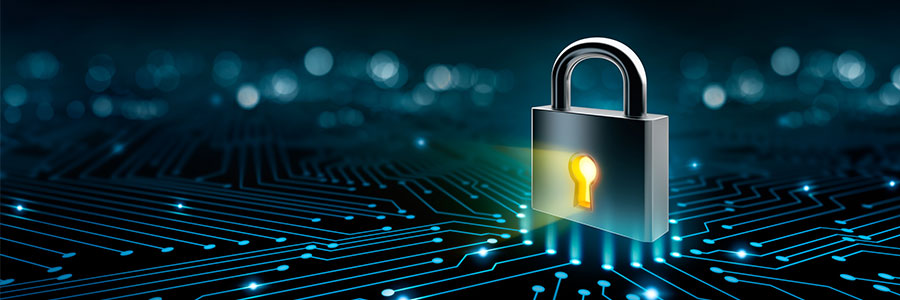Protecting company data used to be a matter of having network security and locking down your email accounts. But since more businesses are relying on cloud computing, their data is spread across different servers all over the country and even beyond. Cloud servers can only be accessed by authorized accounts usernames and passwords, which means information security now revolves around keeping these accounts secure.
Why passwords are the weakest link
Passwords continue to play a central role in securing your business’s information, but this also makes them the weakest link. Cybercriminals are more likely to exploit human ignorance than vulnerabilities in technology, which is why they’re out in force trying to steal login credentials. One of the most common tactics they use is setting up malicious websites that look like the real thing but are really designed to capture usernames and passwords.
Strong passwords might be practically impossible to crack using a brute force attack, but that doesn’t mean they’re safe. While enforcing the use of complex alphanumeric passwords is still essential, it’s important to remember that phishing scams don’t care how secure a password is.
The benefits of single sign-on
One of the biggest challenges with password management is the fact that we often have to remember passwords for many different online accounts. Although experts say that you should use a different password for each account and never reuse the same ones, it also makes it much harder to remember your login credentials. This leads people to set easily memorable passwords or just use the same password for everything.
A password manager can help alleviate this problem, but a better approach is to enable single sign-on so that your employees can access all the apps and data they need to do their jobs with a single login.
By utilizing this feature, you and your employees no longer have to remember multiple passwords while also simplifying security management and access restrictions throughout the company.
Adding an extra layer of security with MFA
Unifying account security under a single sign-on process reduces the points of failure to one, but it can also give an attacker access to the entire network. That’s why every business system needs multifactor authentication (MFA) for verifying a user’s identity.
MFA combines two or more authentication factors. These factors may include something you know, such as a password, something you have, such as a one-time authentication token, or an inherent trait, such as a fingerprint scan. Perhaps the most common example of two-factor authentication is when you withdraw money from an ATM: you have your debit or credit card, but then you need to verify your identity by entering your PIN.
MFA should always be used when accessing highly confidential information or when logging in from an unrecognized device or network.
Managing access rights
When employees are accessing business accounts online, administrators need a way to track and manage login activities from a centralized dashboard. This allows them to grant or revoke access rights as necessary. For example, when an employee leaves the company or reports a lost or stolen device, administrators will need to revoke access rights or, in the case of the latter, wipe the device completely.
Businesses should also enforce the principle of least privilege, whereby employees are only granted access to the systems and data they need to do their jobs.
Using public wireless networks safely
In today’s remote working environment, it’s commonplace for employees to work from home or on the move. This may involve connecting to unsecure networks such as public Wi-Fi hotspots, which often aren’t passkey-protected. Also, home networks rarely have business-grade security measures like firewalls and intrusion detection and prevention.
To ensure data is kept safe from wireless eavesdropping or man-in-the-middle attacks, you can use an enterprise-grade virtual private network (VPN). This will protect employee privacy and security by encrypting all data in transit while allowing administrators to retain full visibility into the flow of information in and out of the organization’s computing infrastructure.
There’s a lot that goes into securing your accounts, but by heeding these tips your business can avoid a devastating security breach. Safebit Solutions provides cybersecurity tools and expert guidance to ensure your accounts, apps, and data are out of harm’s way. Talk to us today to learn more.
Download our free eBook!
Unsure how to keep your business data secure? Read our eBook and learn about the 3 Types of Cyber Security Solutions Your Business Must Have.



